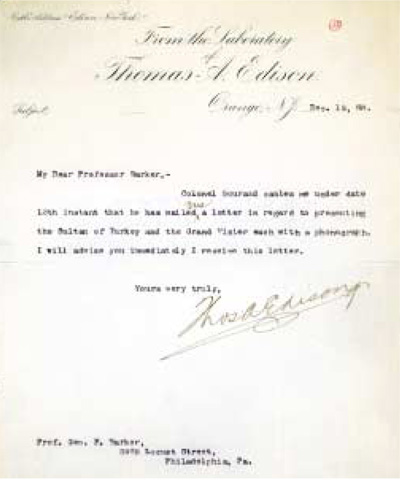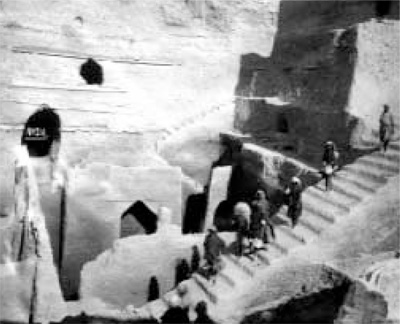
The Museum was in its infancy in 1888 when Rev. Dr. John Punnett Peters was in Constantinople (now Istanbul), then the capital of the Ottoman Empire. He was working on behalf of the University of Pennsylvania to obtain a permit to conduct excavations at the ancient site of Nippur, Mesopotamia (now Iraq). Navigating the diplomatic waters of the Ottoman sultanate was proving difficult for Peters, an Episcopal clergyman inspired by the lure of the Old Testament who had sold his plan of digging for biblical history to the university. He was running out of time and ideas Peters traveled to Constantinople in September, but by the time of his departure for Mesopotamia in December, Sultan Abdul Hamid II — who ruled the Ottoman Empire from 1876 to 1909 — had not yet approved his request. The main difficulty was the Ottomans’ unwillingness to let the expedition export some of its finds back to Philadelphia. Peters spoke repeatedly to the director general of antiquities, the minister of public instruction, the grand vizier, and the sultan himself, to no avail.
Peters was desperate, but he discovered a way. In November he wrote to Philadelphia,“The Sultan, it appears, wants one of Edison’s Improved Phonographs and … we had better buy one if to be had & send it to Constantinople. George F. Barker, a physics professor at the University and a protégé of Thomas Edison, was the middleman between Edison and Dr. William Pepper, Jr., provost of the University and founder of the University Museum. The archives house three letters written and signed by the famous inventor regarding this transaction.

Edison was keen to give one of his favorite machines to the sultan. However, Oscar S. Straus, United States minister to Constantinople, wrote to Pepper, “My suggestion is, keep this in reserve for a future time. I can not see how it will aid your cause at the present time.’ Through the help of Straus, the expedition obtained the coveted permit in early 1889. It is not known whether the sultan was able to acquire a phonograph.
Alex Pezzati, Archivist
